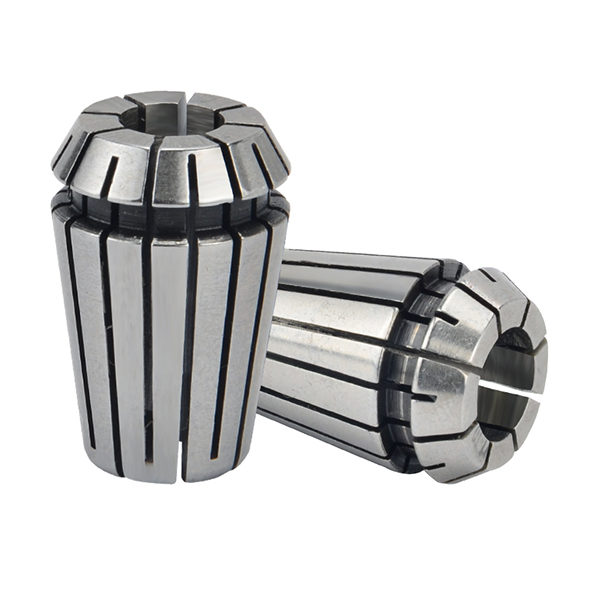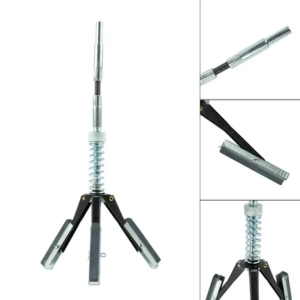The Style Mark holds significant importance in the United Arab Emirates (UAE) due to its strong cultural and economic implications. The UAE, known for its vibrant economy and dynamic cultural landscape, places a high value on branding and image, making the Style Mark a crucial element for businesses and organizations. In a market where appearance and reputation play pivotal roles, the Style Mark acts as a visual representation of quality, authenticity, and trust. It distinguishes products and services in a competitive market, ensuring that consumers can identify and rely on the high standards associated with the brand. This is especially critical in sectors like luxury goods, fashion, and hospitality, where the UAE has established itself as a global hub. The Style Mark serves as a testament to a brand's commitment to excellence and adherence to the stringent standards expected by discerning customers in the UAE. Moreover, the significance of the Style Mark extends to the cultural realm, reflecting the UAE’s blend of tradition and modernity. The UAE's diverse population and cosmopolitan lifestyle necessitate a visual identity that resonates across different cultural backgrounds. A well-crafted Style Mark not only enhances brand recognition but also fosters a sense of connection and loyalty among consumers. It symbolizes the fusion of local heritage with contemporary design, embodying the nation's progressive yet rooted identity. In an environment where innovation and heritage coexist, the Style Mark becomes a powerful tool for businesses to communicate their values, ethos, and uniqueness. This dual role of the Style Mark—economic and cultural—underscores its vital role in shaping the brand landscapes in the UAE, contributing to the nation's status as a leading global business and cultural center.

Here are some common types of metals and finishes that can be associated with Style Mark applications:
Stainless Steel:
- Characteristics: Durable, corrosion-resistant, and sleek appearance.
- Applications: Often used for signage, lettering, and fixtures in corporate environments where a modern and clean aesthetic is desired.
Aluminum:
- Characteristics: Lightweight, corrosion-resistant, and versatile.
- Applications: Suitable for outdoor signage, architectural elements, and branded products where durability and a contemporary look are important.
Brass:
- Characteristics: Elegant, warm-toned metal with a traditional aesthetic.
- Applications: Used for plaques, badges, and high-end signage where a classic and prestigious appearance is desired.
Copper:
- Characteristics: Rich, reddish-brown hue that develops a natural patina over time.
- Applications: Adds a unique and distinctive look to signage, architectural details, and decorative elements, often chosen for its vintage or industrial appeal.
Bronze:
- Characteristics: Strong, durable metal with a deep brown or golden hue.
- Applications: Commonly used for commemorative plaques, sculptures, and architectural accents where a historic or prestigious appearance is sought.
Gold and Silver Finishes:
- Characteristics: Metallic finishes that mimic the appearance of real gold or silver.
- Applications: Used for decorative accents, lettering, and branding elements to convey luxury and exclusivity without the cost of precious metals.
Features and Considerations
- Durability: Metals chosen for Style Mark applications are typically selected for their durability and ability to withstand outdoor elements and wear.
- Customization: Different metals offer varied finishes, textures, and customization options such as engraving or embossing to enhance the brand’s visual identity.
- Aesthetic Appeal: Each metal type carries its own aesthetic qualities, influencing the overall look and feel of branded elements and environments.
- Maintenance: Consideration of maintenance requirements, especially for outdoor applications where exposure to weather may impact appearance over time.
These metal types and finishes play a crucial role in defining and enhancing a brand’s Style Mark, contributing to its visual appeal, longevity, and ability to convey quality and professionalism in diverse settings such as corporate offices, retail spaces, and public environments.




